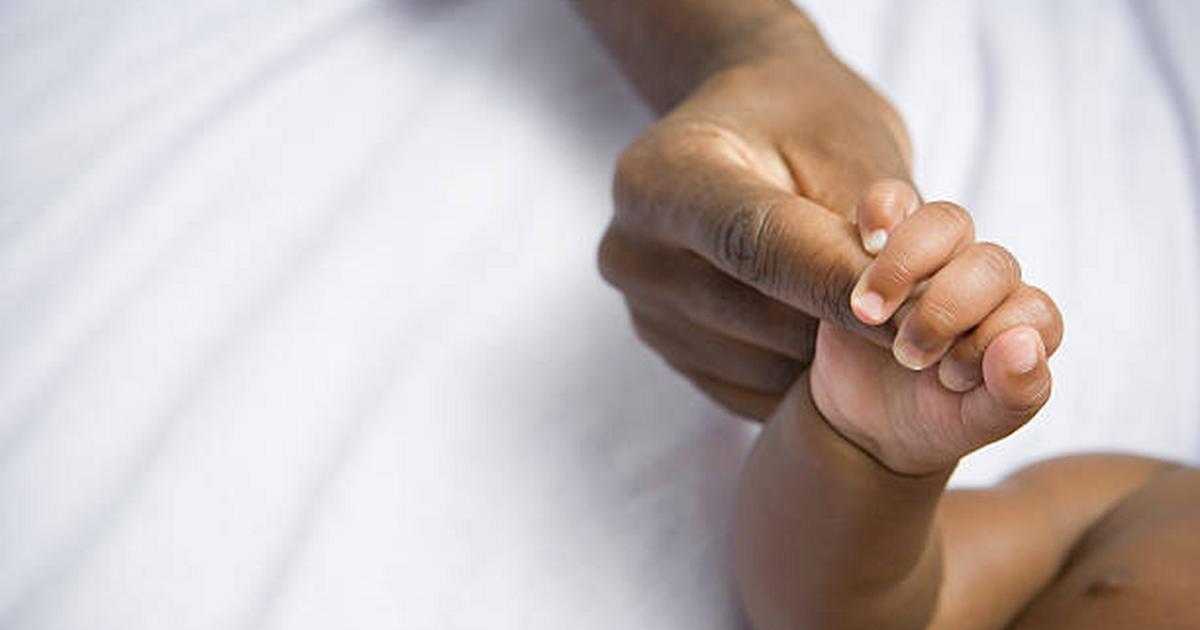A baby’s strong grip comes from an instinctive reflex called the palmar grasp reflex. This reflex is a natural part of a newborn’s development and serves important evolutionary and biological purposes.
The palmar grasp reflex
The palmar grasp reflex is an involuntary reaction that babies are born with. When you place your finger or an object into a newborn’s palm, they will instinctively wrap their fingers around it and hold on tightly. This reflex develops in the womb and can be observed as early as the 16th week of pregnancy.
This strong grip is a survival instinct passed down from our ancestors. Thousands of years ago, when humans lived in the wild, newborns needed to cling tightly to their parents for safety and survival. This reflex helped babies hold onto their mothers or caregivers, ensuring they were kept close and protected from danger. Even though we no longer need this reflex for survival in the modern world, babies are still born with it.
Why is it so strong?
A baby’s grip is surprisingly firm because it’s an involuntary reflex. When the reflex is triggered, the baby’s brain sends signals to the muscles in their tiny hands, causing them to contract tightly. Since this reaction happens without the baby consciously controlling it, the grip can feel stronger than you might expect.
As babies grow, the palmar grasp reflex will gradually fade, usually disappearing by the time they are 5 to 6 months old. However, as this reflex weakens, the baby begins to develop voluntary control over their grip. This transition allows babies to intentionally grab objects, helping them develop hand-eye coordination and fine motor skills.
How to encourage your baby’s grip
Even though the palmar grasp reflex is natural, there are ways parents can encourage and support their baby’s developing grip.
Simple activities like gently placing objects in their hands, offering toys that are easy to hold, and allowing them to grip your finger can all help strengthen their hands and improve coordination. Over time, as the baby becomes more aware of their surroundings, they will start reaching out to grab things intentionally, helping their development.
This content was created with the help of an AI model and verified by the writer.

















